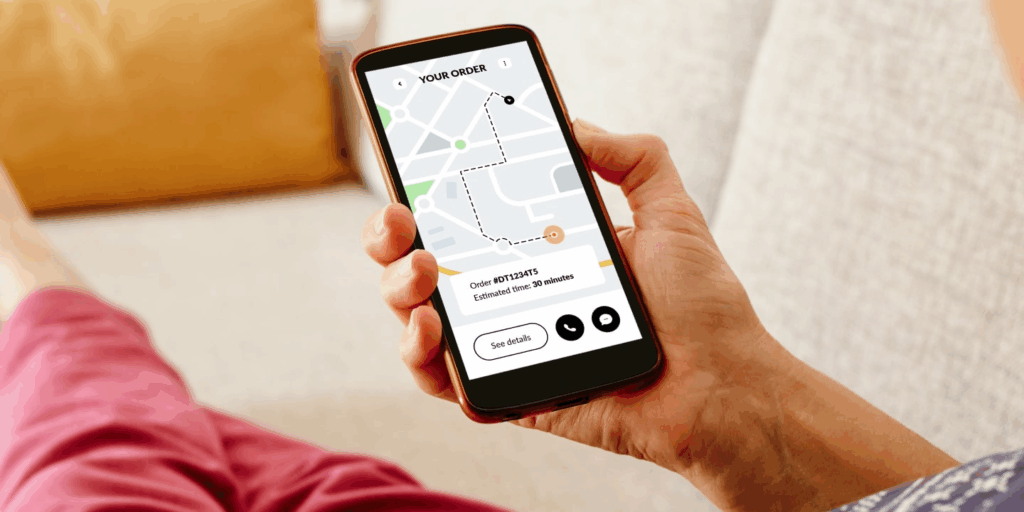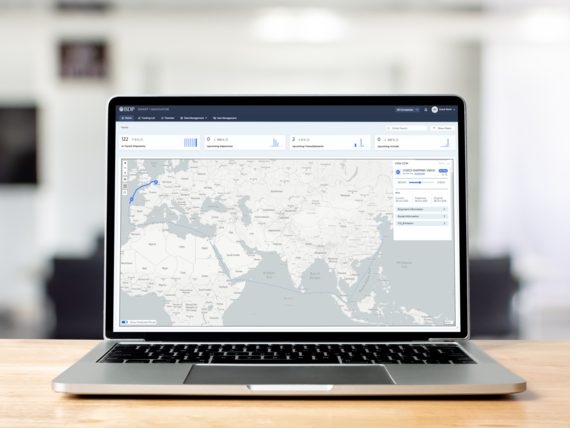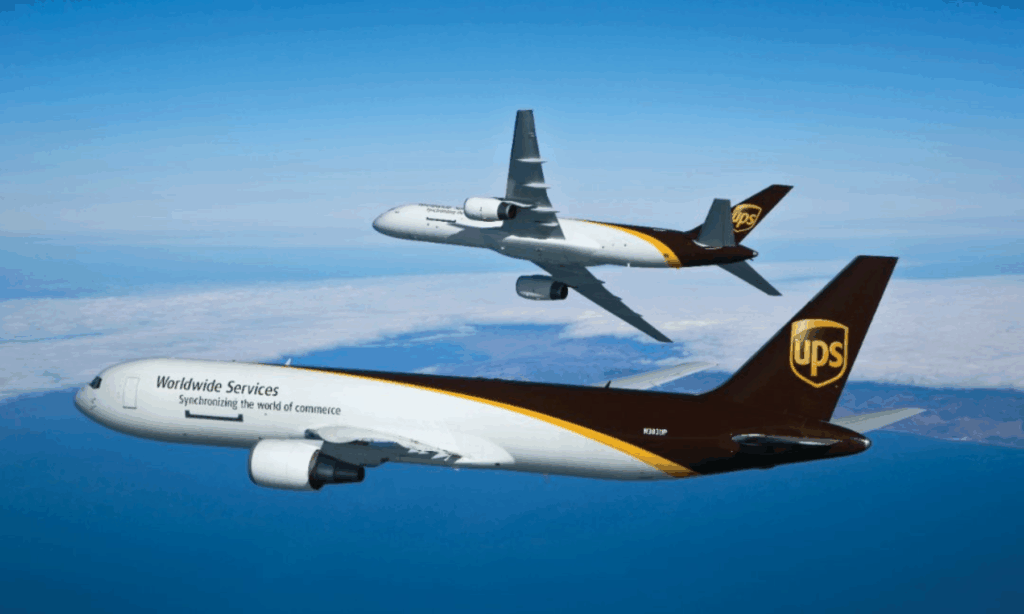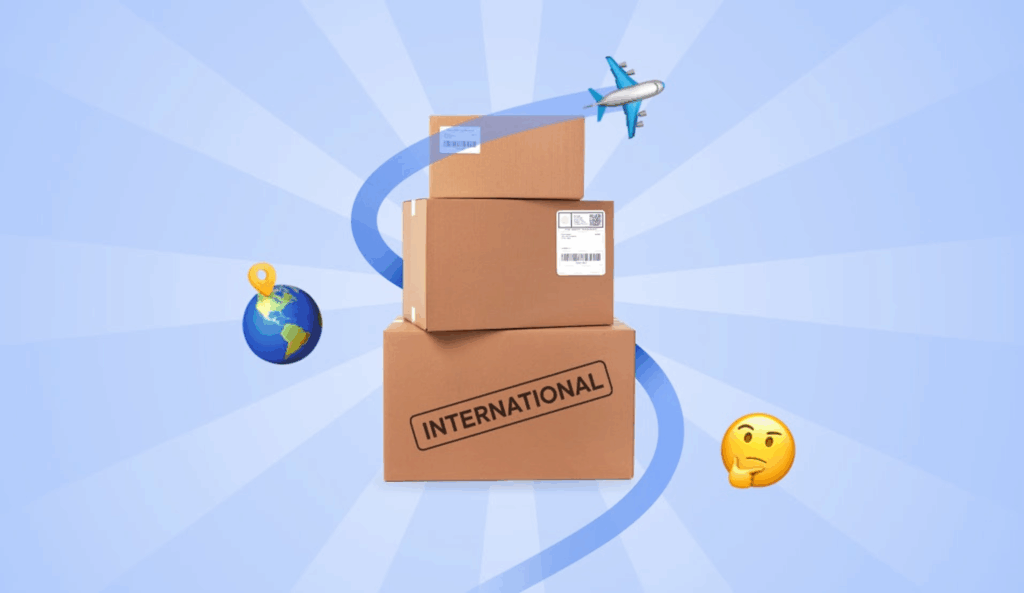Real-Time International Tracking: Which Global Logistics Platform Delivers Best?
Real-Time International Tracking has become a must-have feature for businesses and individuals who move goods across borders. Whether it is e-commerce parcels, wholesale shipments, or personal packages, users now expect instant visibility from pickup to final delivery. The rise of international e-commerce, combined with customer demand for speed and transparency, makes tracking technology one of the most competitive areas in global logistics.
In this article, we will compare how leading logistics platforms perform in real-time international tracking, explore the technologies behind it, and explain what advanced users should look for when choosing a provider.

Why Real-Time International Tracking Matters
The New Standard for Customers
Customers no longer accept vague delivery estimates. They want to see where their parcel is at every stage:
- When it leaves the warehouse
- When it passes through customs
- When it is handed to a local courier
- When it is out for delivery
Without this visibility, frustration grows and customer trust declines.
The Impact on Business
For businesses, poor tracking creates:
- High volumes of “Where is my order?” inquiries
- Increased customer support costs
- Lower repeat purchase rates
On the other hand, strong tracking boosts satisfaction, builds confidence, and directly supports sales growth.
Key Technologies Behind Real-Time International Tracking
GPS and IoT Devices
Advanced platforms integrate GPS sensors or IoT trackers into vehicles and containers. These give exact location updates rather than just event-based scans.
API Integration
Modern logistics platforms use API connections to pull live data from airlines, ocean carriers, customs systems, and last-mile couriers. This eliminates the gaps that used to occur when parcels moved between different providers.
Predictive ETA Algorithms

Instead of only reporting where a shipment is, leading systems calculate likely delivery windows using AI and big data. These predictive ETAs help businesses manage customer expectations.
Comparing Global Logistics Platforms
1. DHL Express
Strengths
- Extremely detailed tracking milestones across more than 220 countries
- Real-time updates at customs clearance and handover points
- User-friendly mobile app
Weaknesses
- Premium cost, often higher than regional competitors
- Some small delays in updating when parcels move between partner couriers in remote regions
2. FedEx International
Strengths
- Consistent scan data from start to finish
- Robust notification system, including SMS and email alerts
- Excellent integration for business accounts through FedEx API
Weaknesses
- Estimated delivery times sometimes lack accuracy on long-haul international routes
- Platform can feel complex for casual users who only ship occasionally
3. UPS Worldwide

Strengths
- High reliability of scan updates
- Strong customs integration, reducing blind spots in clearance processes
- Real-time proof-of-delivery with signature capture
Weaknesses
- Tracking interface feels outdated compared to newer tech-first logistics firms
- Less transparent predictive ETAs compared to FedEx or DHL
4. USPS International (with partners)
Strengths
- Affordable pricing for international small parcels
- Tracking integration with destination postal networks in many countries
Weaknesses
- Data delays when packages leave the U.S. and enter foreign postal systems
- Limited real-time visibility compared to commercial carriers
5. PostalParcel Platform
Strengths
- Multi-carrier integration designed for cross-border businesses
- Real-time international tracking that combines courier scans, API data, and predictive ETAs into one dashboard
- Transparent updates even when parcels switch between different carriers
- Flexible for e-commerce sellers who manage inventory and orders across multiple regions
Weaknesses
- As a newer platform, brand recognition is still growing compared to DHL or FedEx
- Requires proper onboarding to make full use of data-driven dashboards
What Advanced Users Should Look For
End-to-End Visibility

Tracking should not stop at the border. A good platform continues updating even after a parcel is handed to a local delivery partner.
Customizable Notifications
Businesses need more than generic updates. Advanced platforms let users customize alerts, such as:
- Delays at customs
- Address issues detected in advance
- Parcel out for delivery
Integration with Inventory Systems
For e-commerce and wholesale businesses, tracking data should feed directly into inventory and order management systems. This ensures stock levels, customer updates, and supply planning remain accurate.
Higher Accuracy in Predictive Delivery Updates
Platforms that combine weather data, traffic patterns, and carrier history into predictive ETAs reduce customer frustration. This is where AI-driven solutions make a big difference.
The Challenges of Real-Time International Tracking

Data Standardization
Carriers across different countries use different systems. Harmonizing these into one clear update chain is a major challenge.
Customs Delays
No tracking system can prevent customs delays, but better platforms provide transparency about the stage of clearance and estimated resolution time.
Last-Mile Gaps
In some countries, the “last mile” is handled by smaller regional couriers who may not have advanced tracking systems. Platforms that integrate with these carriers provide a much smoother experience.
PostalParcel vs Traditional Carriers
While DHL, FedEx, and UPS dominate global logistics, platforms like PostalParcel offer a new approach. Instead of relying on a single carrier network, PostalParcel acts as a multi-carrier hub. This means:
- Businesses can ship with multiple carriers but still manage tracking in one place
- Customers receive unified, branded tracking updates
- Predictive ETAs are improved by comparing data across different carriers
This flexibility appeals to e-commerce sellers who ship to multiple countries and do not want to be locked into a single provider.
How Real-Time International Tracking Shapes Customer Loyalty
Transparency Builds Trust
When customers see accurate updates, they feel in control. Even if there is a delay, transparency softens frustration.
Reduced Support Costs
Businesses using strong tracking platforms report fewer customer service calls, freeing resources for growth instead of troubleshooting.
Repeat Purchases
A smooth delivery experience directly increases the chance of customers returning. Poor tracking, on the other hand, makes even high-quality products look unreliable.
Future Trends in Global Tracking

AI-Powered Delay Predictions
Artificial intelligence will continue improving delay forecasting, helping businesses set realistic expectations.
Blockchain in Tracking
Some providers are experimenting with blockchain to create tamper-proof shipment histories, improving trust and compliance.
Customer-Controlled Delivery Options
Real-time tracking may soon be combined with live re-routing features, allowing customers to redirect deliveries mid-transit.
Conclusion
Real-time international Tracking is no longer a luxury—it is a competitive necessity. DHL, FedEx, and UPS remain strong players, but they often have limitations in flexibility or cost. USPS is affordable but weaker on real-time updates.
For advanced users, especially in e-commerce, PostalParcel offers a modern solution. With multi-carrier integration, predictive ETAs, and transparent cross-border visibility, it delivers the kind of tracking that businesses need to satisfy customers and grow globally.
As global logistics evolves, the platforms that provide the clearest, most reliable tracking will set the standard. PostalParcel stands out by combining technology and flexibility to meet that demand.
Industry Insights
news via inbox
Nulla turp dis cursus. Integer liberos euismod pretium faucibua








